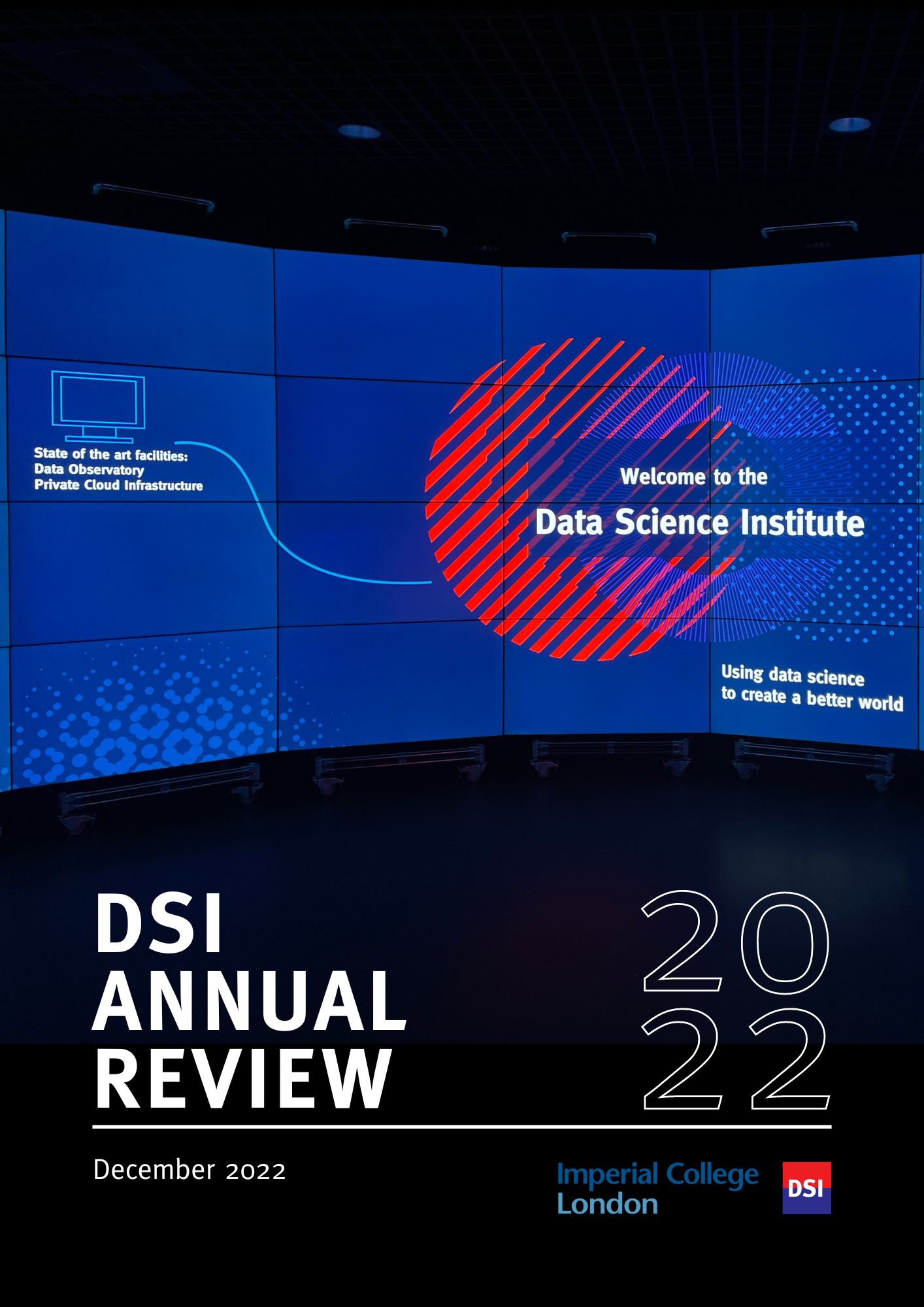BibTex format
@article{Kettlun:2021:10.1186/s13638-021-02026-x,
author = {Kettlun, F and Rosas, F and Oberli, C},
doi = {10.1186/s13638-021-02026-x},
journal = {Eurasip Journal on Wireless Communications and Networking},
pages = {1--22},
title = {A low-complexity channel training method for efficient SVD beamforming over MIMO channels},
url = {http://dx.doi.org/10.1186/s13638-021-02026-x},
volume = {2021},
year = {2021}
}

